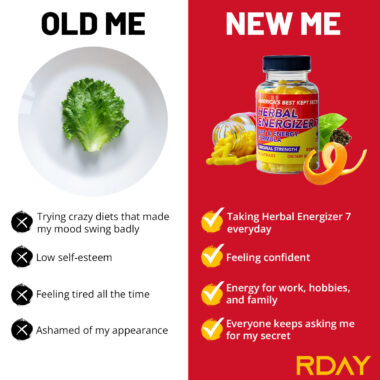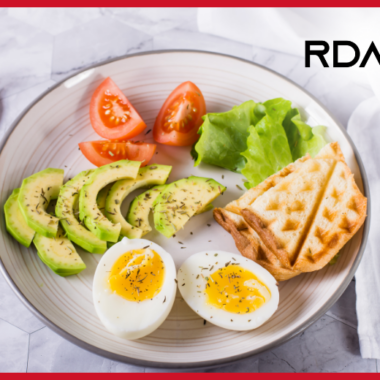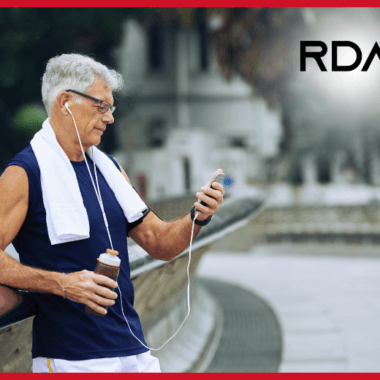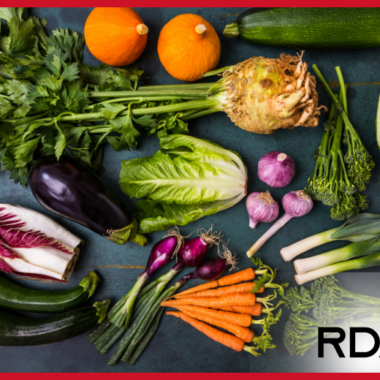According to the Centers for Disease Control and Prevention, in order to lose weight, we must burn more calories than we consume by either reducing your intake or increasing your exercise, or both (1). DL- Phenylalanine is a mix made from D-phenylalanine and L-phenylalanine which are both amino acids, which are basically the building blocks of protein (2). When DL-form is consumed, our bodies use both forms of it but more so the L-form because the human body is unable to produce the L-form on it’s own so it is considered an essential amino acid that must be obtained through your diet. It can be found in both various plants and animals, as well as in supplements (3). When our bodies take these amino acids and build them into proteins, it can play a role in weight regulation by increasing dopamine (1). Some people have lower levels of dopamine when certain activities are stopped (1). For example, food can increase levels of dopamine in people (who doesn’t get excited about dessert?) so when people start diets those dopamine levels can drop (1). DL-Phenylalanine which then is turned into L-Phenylalanine is necessary for the production of the amino acid tyrosine (1). Tyrosine aids with production of dopamine so people feel satisfied and content with their higher levels of dopamine and do not go looking to indulge in order to get that rush of dopamine (1). So keeping your dopamine high could aid in weight loss (1).
- Kerns, Michelle. “L-Phenylalanine & Weight Loss.” LIVESTRONG.COM, Leaf Group, www.livestrong.com/article/297209-l-phenylalanine-weight-loss/.
- “Phenylalanine: Uses, Side Effects, Interactions, Dosage, and Warning.” WebMD, WebMD, www.webmd.com/vitamins/ai/ingredientmono-653/phenylalanine.
- Tinsley, Grant. “Phenylalanine: Benefits, Side Effects and Food Sources.” Healthline, Healthline Media, 19 July 2018, www.healthline.com/nutrition/phenylalanine#importance-for-body-function.















